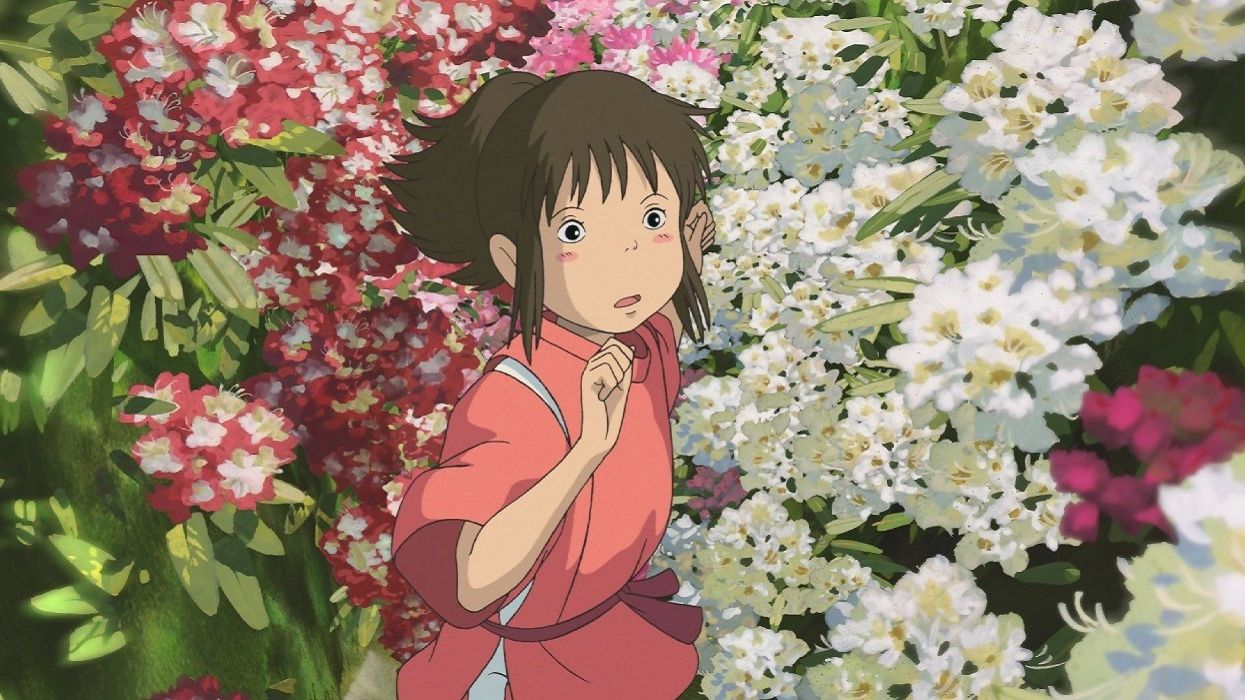How Hayao Miyazaki Uses Color to Tell His Whimsical Stories
"Color has a meaning and it makes the film more easily understood." —Michiyo Yasuda

Watching a film by Hayao Miyazaki is like walking into a world that is made up of both reality and spectacular fantasy. The Japanese director has become a master of cinematic space and time, intentional and meaningful filmic stillness, and indelible empathy that not only makes his iconic hand-drawn characters more human, but makes his loyal audience more human as well.
But another important element found in all of Miyazaki's work is his deliberate and poetic use of color, a contribution that comes from his collaboration with highly regarded animator and color designer Michiyo Yasuda. Fandor explores how Miyazaki and Yasuda, who passed away just last year, used color for memorable world creation, as well as deeply touching storytelling in this short video essay.
Not only do the colors in Miyazaki's films work to depict beautifully vibrant landscapes, but they also work to immerse audiences in the deeply emotional experiences of each character on screen. You can actually get a better view of how these colors work by taking a look at "The Colors of," a series of Miyazaki-inspired color palettes created by designer and illustrator Hyo Taek Kim.
Just by glancing at the array of palettes, you begin to see how Yasuda's use of color plays into the narrative of each film. Take for example Howl's Moving Castle. In the same way that Sophie, Howl, the Witch of the Waste, and even neighboring countries are at war with their fleeting beauty, youth, and identities, the blacks, greys, and darker earth tones seem to be at war with the bright yellows and oranges on the color palette.

Colors affect people psychologically; they make us feel emotions. Think of any color and ask yourself what it represents. Does red represent passion, love, anger, and danger to you? What about green? Does it represent nature, immaturity, and corruption?
Filmmakers have been using color as a storytelling device even before the invention of color film. Giving plenty of thought to your project's color palette—which colors you're going to include, as well as what they signify individually and collectively—will help you add depth and dimension to your story without ever having to add a single line of dialogue. And perhaps the first place to look for inspiration should be the work of Hayao Miyazaki and Michiyo Yasuda.
Source: Fandor










![Ethos, Pathos, Logos: 20 Effective Ways to Advertise [Infographic]](https://nofilmschool.com/media-library/ethos-pathos-logos-20-effective-ways-to-advertise-infographic.jpg?id=34064614&width=600&height=600&quality=90&coordinates=560%2C0%2C0%2C0)

